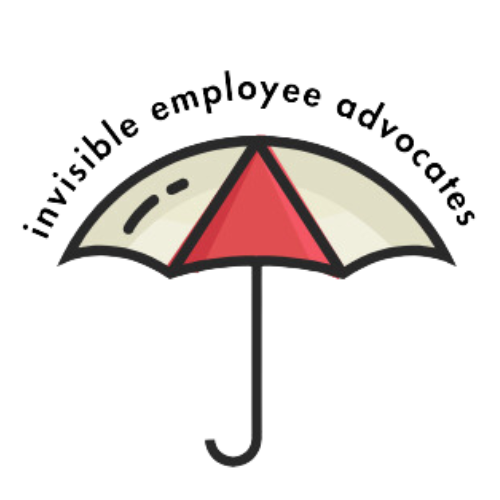Caregiver Preparedness: A Responsibility Employees and Employers Share (6/17/25)
Employees! HR Managers! Employers! Are you ready for the caregiver storm that is steadily impacting US businesses? Often, when we think of a storm, we naturally think of taking shelter, getting to a safe place, boarding up our windows, and securing all areas of vulnerability. Our goal is to protect ourselves and our loved ones long before the storm hits. Similarly, we should engage in acts of preparedness to protect our families and our businesses from the caregiver storm that is steadily on the rise in the workplace. Unfortunately, however, this is not the case. When the responsibilities of family caregiving fall squarely upon our shoulders, we are most often not ready to bear the weight. But, instead of taking proactive steps to prepare ourselves, we wait until we are directly hit with the obligations of caregiving. Then we struggle with the negative consequences that overwhelm us. Not a good situation for the employee, the employer, or the person receiving care.
The Issue
As 10,000 people a day in the US reach the age of 65, family caregiving has evolved from being just a family responsibility to a workplace condition. Along with this shift, the importance of caregiving preparedness has expanded from being an individual responsibility to a business imperative. Left unattended, conflicts between family caregiving and work performance can deflate morale, reduce productivity, derail or terminate careers, and negatively impact employee health and well-being in a variety of ways.
The Strategy
Employees and employers must do their respective parts to prepare for the inevitable surge of individuals who will be entering the role of working caregivers.
Employees can start getting prepared by:
1. Having difficult conversations early about family members’ health and long-term care preferences
2. Become familiar with the company’s paid and unpaid leave policies and flexible work arrangements
3. Start building your support network (i.e., family members, friends, paid resources) that you can turn to for help during your caregiver journey
4. Be transparent early on at work so your employer is aware sooner rather than later of your need for flexibility and support
Employers can start getting prepared by:
1. Creating care cultures where caregiving is embraced as a common life phase, and where leaders model behaviors of openness and empathy
2. Offer leave policies that are inclusive of caregiver needs (i.e., flexible work hours, remote work options, caregiver ERGs)
3. Train managers to address work/caregiver conflicts and to navigate through internal policy options
4. Integrate caregiver preparedness into broader employee activities around financial planning, insurance offerings, employee benefits, and wellness communications
Joining Forces for Win-Win-Win Results
By working together, employees and their employers can craft practical, sustainable strategies to promote preparedness for the inevitable jolt of the caregiving crisis. Keep in mind that these preparedness strategies need to evolve along with the changing needs of employee caregivers. They should support all stages of the caregiving experience and all stages of an employee’s career.
Caregiving is not a bridge that you want to wait and cross when you come to it. It’s a huge responsibility that can tremendously upset your daily life. So, it’s wise to start preparing long before you feel the impact of caregiving on your shoulders. We have often said that the best time to make decisions about long-term care is before you need it. Similarly, the best time to prepare for the role of working caregiver is before you become one. And for employers, it’s much easier to support your employee caregivers if you already have caregiver policies and benefits in place than it is to address one-off situations.
Research shows that preparedness for caregiving directly influences caregiver distress experiences, such as feelings of depression and burden. According to the research, preparedness helps to alleviate the impact of caregiver stress, which emphasizes the importance of having training and caregiver support systems in place. For employees, being prepared for the possibility of having to care for a loved one helps to lessen the shock of a sudden fall, a surprise diagnosis, or a decline in a loved one’s health that triggers your role as a caregiver. For employers, unprepared workplaces experience higher absenteeism and turnover, and reduced productivity. Taking a proactive approach to support caregiver needs helps to mitigate these negative consequences. So, supporting caregiving employees is not just a “nice thing to do,” it’s good business.
When employees and employers are prepared for the personal and professional impacts of caregiving, it reduces employee stress, work/care conflicts, and promotes caring workplaces. As a result, everybody wins --- the employee, the company, and the care recipient.
Until the next blog!
Thank you for reading, for being here, and for caring!
Reference
Applied Gerontology, 44(2), 123-135, The Role of Preparedness for Caregiving on the Relationship Between Caregiver Distress and Perceived Health Burden, by C.J. Gonzalez & M. Wang (April 2025)
